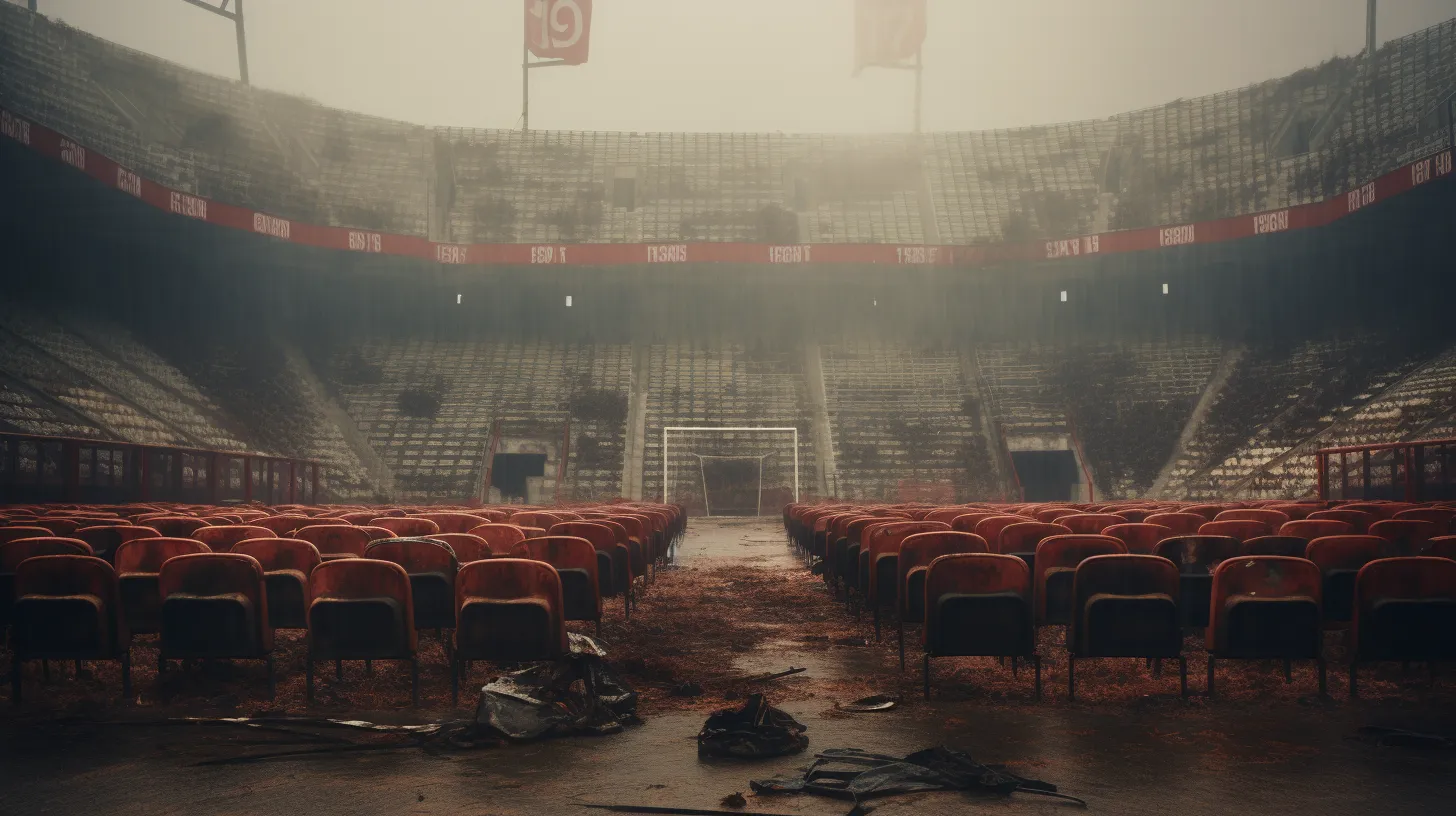Understanding the Size of Soccer Field: A Comprehensive Guide
The sport of soccer calls for a great deal of mental and physical preparation, and one of the most important aspects of that preparation is becoming familiar with the dimensions of the playing field.
History and Evolution of Soccer Field Size
Over the years, soccer fields have changed because of a number of things, such as players getting fitter, the rules being changed, and new technologies being used.
In the 19th century, the Football Association in England was the first organization to standardize the size of soccer fields. FIFA later adopted these standards as its own and continued to use them.
Soccer Field Dimensions
The official regulations for soccer fields state that they should be rectangular, with a length between 100 and 130 yards and a width between 50 and 100 yards. The field is divided into two halves, each 45-90 yards wide.
The goal size is 8 feet high and 8 yards wide, and the lower edge of the crossbar should be 8 feet above the ground. In youth soccer, the field sizes are often smaller to accommodate younger players and provide a more manageable field.
youth soccer field dimensions
Youth soccer, also known as “junior” or “grassroots” soccer, is popular among children and teenagers worldwide. While the game’s basic rules remain the same across all age groups, the dimensions of the playing field can vary depending on the age and skill level of the players.
In general, youth soccer fields are smaller than standard soccer fields to accommodate the smaller size and shorter stride length of younger players.
According to FIFA, the international governing body for soccer, the minimum field size for players under the age of 10 is 30 yards by 20 yards, while the maximum is 50 yards by 30 yards. For players aged 10 to 12, the minimum field size is 50 yards by 30 yards, and the maximum is 80 yards by 50 yards.
On the other hand, “standard” size soccer fields, which are used by both professionals and amateurs, are a lot bigger. The length of the field for senior-level matches must be between 100 yards and 130 yards, and its width must be between 50 yards and 100 yards.

This length requirement is based on regulations established by FIFA. This indicates that the maximum size of a youth soccer field can be up to four times smaller than the dimensions allowed for standard fields.
Impact of Soccer Field Size on Gameplay
The size of the soccer field significantly impacts the gameplay, with a larger field leading to more running and a smaller field leading to more direct play. Professional soccer games are played on larger fields to accommodate the players’ high levels of fitness and skill.
In comparison, youth soccer games are played on smaller fields to help players develop their skills and provide a more manageable playing area.
Common Misconceptions about Size of Soccer Fields
One common misconception about soccer field sizes is that they are the same as football fields. However, soccer fields are larger than football fields, with football fields measuring 120 yards long and 53.3 yards wide.
Another misconception is that the size of soccer fields for all professional leagues is the same, but this is not true. While MLS fields are required to be between 70 and 80 yards wide and 110 and 120 yards long, the dimensions of fields in other leagues may vary.
Understanding the size of soccer fields is essential for players, coaches, and fans alike. By knowing the regulations and guidelines for soccer field dimensions and sizes, as well as how the field impacts gameplay, you can better prepare for matches and understand the game’s intricacies.
So whether you’re a seasoned soccer pro or just starting, brush up on your soccer field knowledge to take your game to the next level.


